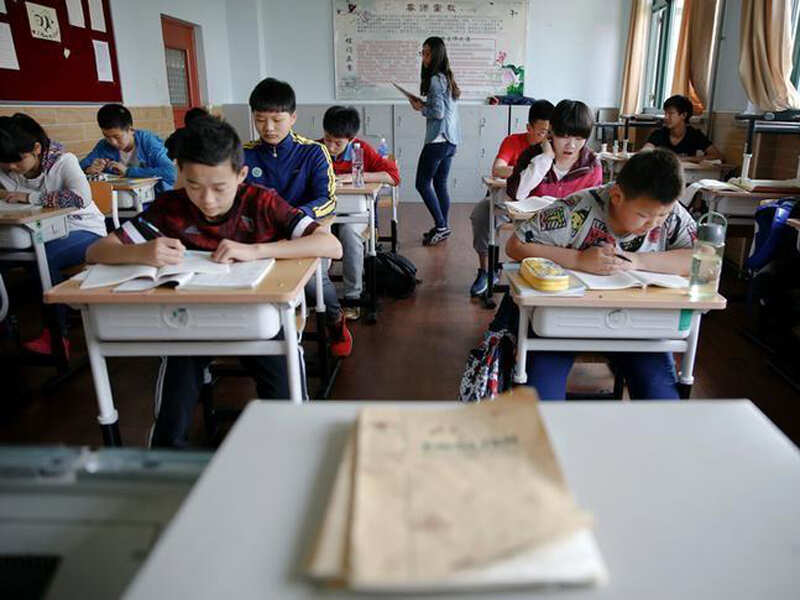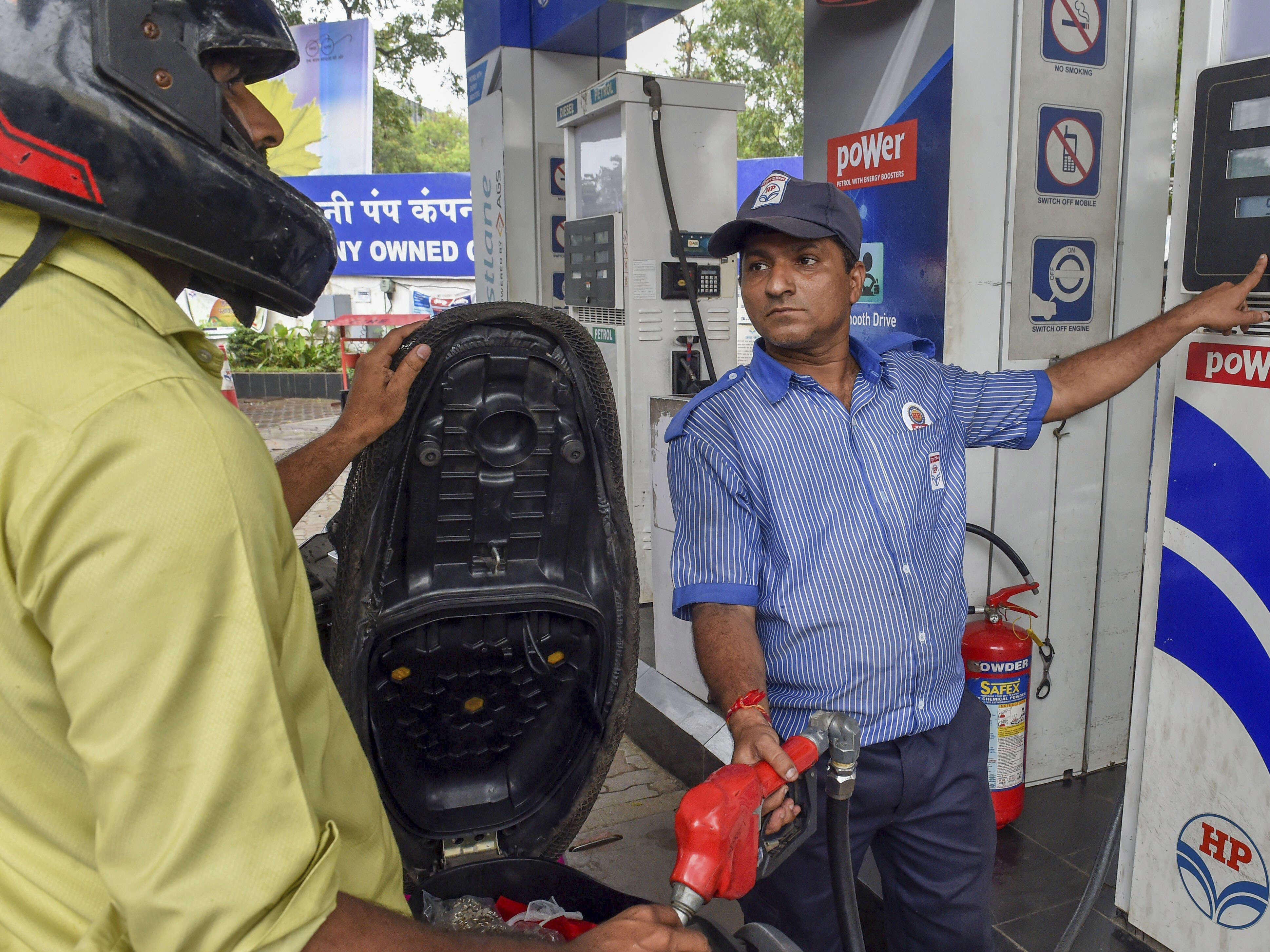Why India is not retaliating against the US
TIMESOFINDIA.COM | Updated: Jun 4, 2019, 13:36 ISTHighlights
- The GSP was a preferential programme designed to help the 'world's poorest countries to use trade to grow their economies and climb out of poverty'
- Indian authorities claim that the country no longer requires preferential trade treatment that a GSP status grants since it was no longer an under-developed economy
 (Representative image)
(Representative image)NEW DELHI: The US decision to end the Generalised System of Preferences (GSP) for India from June 5, has surprisingly, come in for a mild criticism from the Indian government which described the US President Donald Trump’s decision as “unfortunate.” So why is New Delhi playing it so cool at the withdrawal of GSP?
Expiry date: The GSP was due to expire next year, in December 2020 — having been in force since 1975. All that Trump's decision does is to end it a year and a half before its deadline.
Peanuts on offer: The bilateral trade between the world's oldest and largest democracies was $65.1 billion in FY 19 (April-December) and despite it being heavily tilted in India's favour — exports to US accounted for $38.8 billion while imports from US were $26.3 billion — the benefits from the GSP status due to savings on import tariffs amounted to just $190 million as only $6 billion worth of Indian exports are duty free.
Backhanded compliment? The GSP was a preferential programme designed to help the "world's poorest countries to use trade to grow their economies and climb out of poverty" and promotes "economic development by eliminating duties on thousands of products when imported from one of 120 designated beneficiary countries and territories." Indian authorities claim that the country no longer requires preferential trade treatment that a GSP status grants since it was no longer an under-developed economy.
Why India isn't ruffled? For one, India has the option of taking the US’ GSP withdrawal to the WTO — it already has a precedent when it won against the EU's withdrawal of GSP in 2002 for being discriminatory against developing countries. Secondly, the US has in the recent past reinstated GSP after withdrawing it — as it did in Argentina's case last year after certain criteria were met.
Mutual need: The US is India's second largest trading partner, after China — which also explains why New Delhi has postponed retaliatory tariffs on $200 million worth of American goods eight times since last year, in response to US tariffs on Indian steel and aluminum. On the other hand, several US companies like Amazon, Walmart, Google and Facebook have invested billions of dollars to expand operations in India — and any major economic retaliation could put these in jeopardy.
Expiry date: The GSP was due to expire next year, in December 2020 — having been in force since 1975. All that Trump's decision does is to end it a year and a half before its deadline.
Peanuts on offer: The bilateral trade between the world's oldest and largest democracies was $65.1 billion in FY 19 (April-December) and despite it being heavily tilted in India's favour — exports to US accounted for $38.8 billion while imports from US were $26.3 billion — the benefits from the GSP status due to savings on import tariffs amounted to just $190 million as only $6 billion worth of Indian exports are duty free.
Backhanded compliment? The GSP was a preferential programme designed to help the "world's poorest countries to use trade to grow their economies and climb out of poverty" and promotes "economic development by eliminating duties on thousands of products when imported from one of 120 designated beneficiary countries and territories." Indian authorities claim that the country no longer requires preferential trade treatment that a GSP status grants since it was no longer an under-developed economy.
Why India isn't ruffled? For one, India has the option of taking the US’ GSP withdrawal to the WTO — it already has a precedent when it won against the EU's withdrawal of GSP in 2002 for being discriminatory against developing countries. Secondly, the US has in the recent past reinstated GSP after withdrawing it — as it did in Argentina's case last year after certain criteria were met.
Mutual need: The US is India's second largest trading partner, after China — which also explains why New Delhi has postponed retaliatory tariffs on $200 million worth of American goods eight times since last year, in response to US tariffs on Indian steel and aluminum. On the other hand, several US companies like Amazon, Walmart, Google and Facebook have invested billions of dollars to expand operations in India — and any major economic retaliation could put these in jeopardy.
Download The Times of India News App for Latest Business News.







































All Comments ()+^ Back to Top
Refrain from posting comments that are obscene, defamatory or inflammatory, and do not indulge in personal attacks, name calling or inciting hatred against any community. Help us delete comments that do not follow these guidelines by marking them offensive. Let's work together to keep the conversation civil.
HIDE